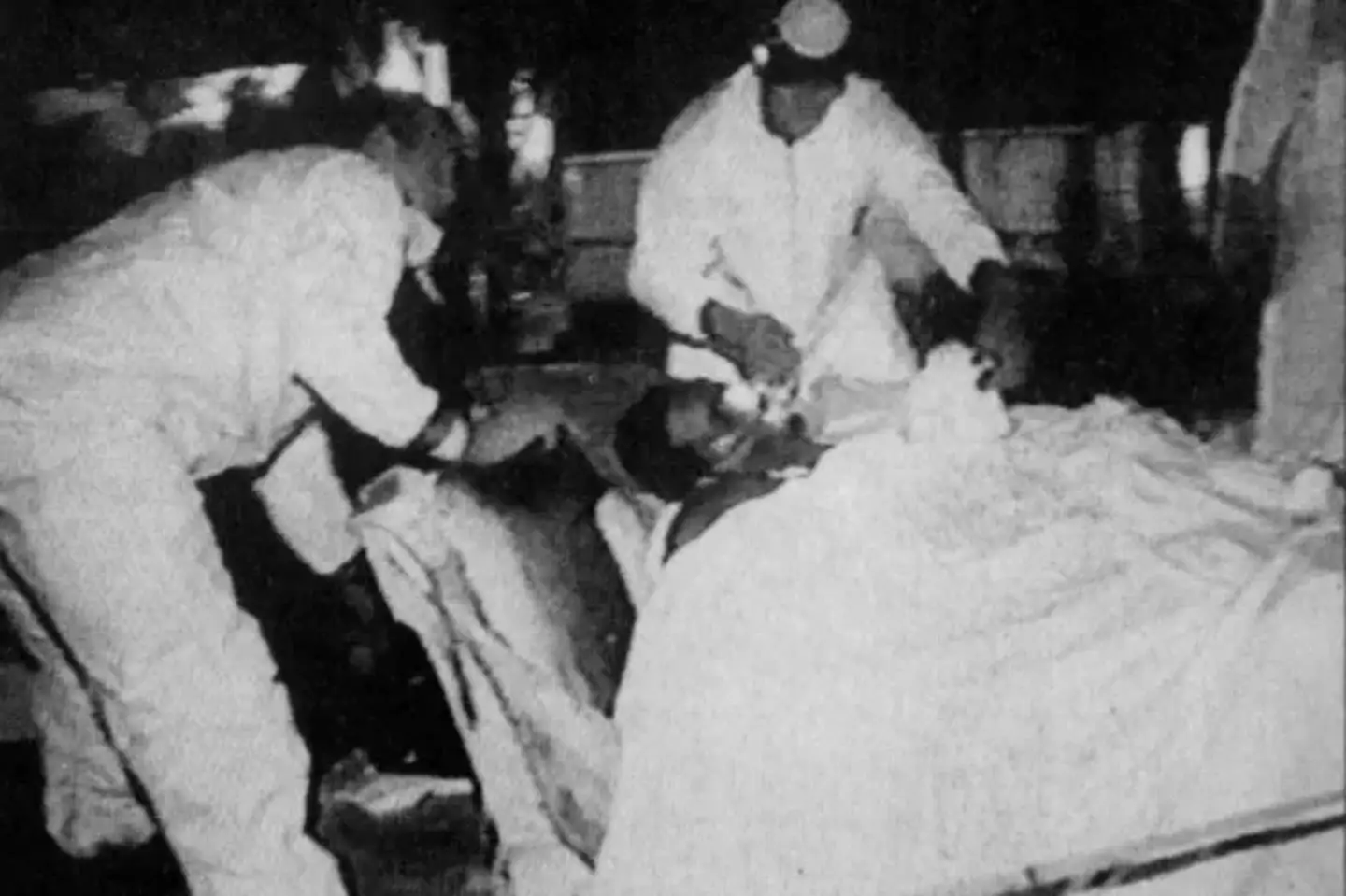The story of Gayle Laverne Grinds, a Florida woman who spent six years on her sofa until her death, is one of the most tragic and haunting tales of physical and emotional deterioration. Gayle’s passing highlights not only the physical health risks but also the psychological toll that isolation and trauma can take. Her life, marked by physical setbacks and emotional struggles, ended in a situation that shocked her community and left many asking how such a tragedy could have happened.
A Series of Life-Changing Injuries

Gayle Grinds’ decline began in the 1990s with a series of unfortunate injuries. Standing at only 4’10”, Grinds suffered a broken leg that required a lengthy recovery process. After finally healing from her first fracture, she experienced a second break, which set her back once again. The repeated injuries had a profound effect on her physical mobility, but they also impacted her mental health.
For Gayle, these injuries seemed to be a turning point. Believing that staying off her feet was the safest option to avoid further harm, she began spending long hours on her sofa. Over time, this temporary retreat transformed into a permanent place of isolation.
A Path Toward Physical and Emotional Decline
After years of remaining stationary on her sofa, Gayle became morbidly obese, eventually weighing around 34 stone (476 pounds). Her immobility and weight made it nearly impossible for her to get up, and she remained on the sofa for an extended period without moving. Her partner, Thomas, tried to care for her as best he could, but the situation became increasingly dire. He later said, “I wish I could have pulled her off the couch, but she wouldn’t let me.”
As her health declined, Grinds became unable to perform basic functions. She reportedly could no longer get up to go to the bathroom, which led to hygiene issues and added to her health complications. The physical immobility was exacerbated by a deep-seated fear of further injury, leaving her confined and reliant on her couch for support.
Skin Bonded to the Fabric: An Unimaginable Reality
After sitting on the same piece of furniture for six years, Gayle’s skin began to adhere to the fabric of the sofa. Medical professionals and emergency responders who arrived on the scene were astounded, as this was an unusual and tragic case they were unprepared for. Over time, her skin and the sofa fabric became inseparably connected, a result of prolonged immobility, inadequate hygiene, and continuous pressure against her skin.
This unusual phenomenon is likely due to the buildup of sweat, oils, and friction over time, combined with severe skin breakdown from pressure sores and lack of circulation. The pressure sores can fuse with fabric when a person is immobile for extended periods, creating a bond that is impossible to break without significant medical intervention.
A Distress Call Leads to Emergency Response
In the final days of Gayle’s life, her family grew increasingly concerned about her health. When her breathing became labored, they decided to call emergency services. By the time first responders arrived, Gayle was in critical condition. Given her size and the fact that she was attached to the sofa, moving her was no easy task. The Martin County Fire-Rescue team arrived with a custom-built wooden stretcher, as they could not lift her without the entire couch.

Martin County Fire-Rescue District Chief, Jim Loffredo, noted that standard transport options like an ambulance simply wouldn’t work. Instead, they resorted to using a trailer attached to a pick-up truck to transport her, along with the couch, to the hospital. Sadly, despite their best efforts, Gayle Grinds passed away shortly after arriving at the hospital.
A Community Shocked by the Tragic Loss
Grinds’ tragic story stunned her community. For years, many of her neighbors hadn’t even known she was there. One neighbor, Jerry Thomas, who lived across the street, shared that he had no idea she lived in the house, having only seen her partner. “All we knew was the old man lived there,” he said. The lack of contact with neighbors and the outside world painted a picture of a life in extreme isolation.
Grinds had once cared for her niece and nephew following her sister’s death in 1992. But as her situation worsened, it appears she withdrew from these connections as well. The details surrounding her family’s involvement in her final years remain unclear, though reports indicate that her family was devastated by the circumstances.
The Psychological Toll of Isolation and Trauma
Grinds’ decision to remain on the couch for so many years can be seen as a result of trauma compounded by mental health challenges. After repeated physical injuries, she likely developed a fear of additional harm, which contributed to her isolation. Over time, this coping mechanism evolved into a debilitating situation, where the emotional and physical barriers to getting up seemed insurmountable.

Mental health struggles, particularly those stemming from trauma, often lead individuals to self-isolate. In Gayle’s case, her initial desire for safety turned into a prolonged withdrawal that created severe health consequences. The story is a sobering reminder of the importance of mental health support and the need to reach out to those who may be silently struggling.
How Medical and Mental Health Support Could Have Helped
Grinds’ tragic story raises questions about the role of medical and mental health support in preventing such situations. Physical injuries, when coupled with mental health issues, can lead to a vicious cycle that’s challenging to break. Accessible mental health resources and regular medical check-ups could have provided Gayle with the support she needed to confront her fears and regain mobility. Moreover, community support and outreach can play a significant role in preventing social isolation, especially for those at risk of physical and emotional decline.
A Heartbreaking Reminder of the Need for Compassionate Care
Gayle Laverne Grinds’ story is one of isolation, compounded by physical and emotional challenges that ultimately became too much to bear. Her passing highlights the complex relationship between physical and mental health and serves as a heartbreaking reminder of what can happen when someone feels trapped in their circumstances. For those who read her story, it’s a call to action to reach out to loved ones, especially those who may be suffering in silence, and ensure they have the support they need.
In the end, Gayle’s story underscores the importance of addressing both physical and mental health needs. It serves as a reminder to communities, families, and individuals to show compassion, offer help, and be vigilant in looking after those around us who may be struggling alone.


